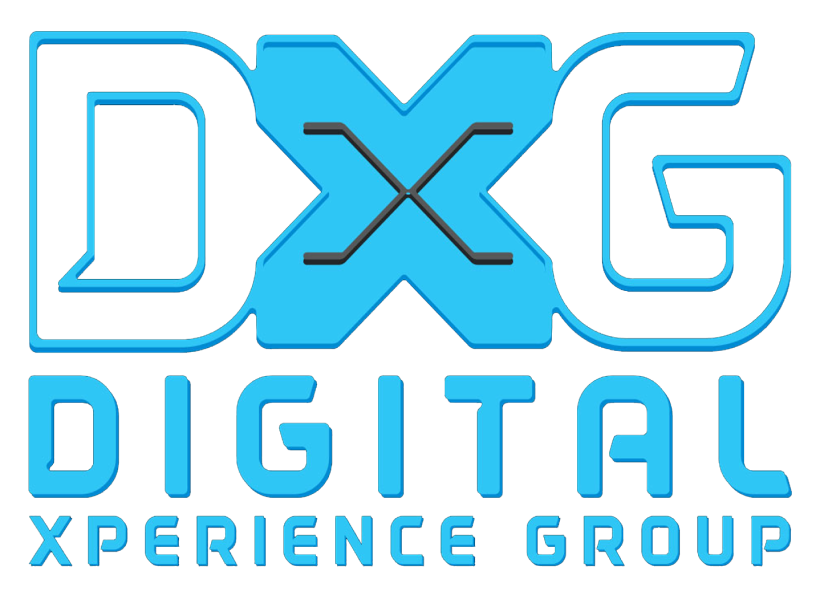our blog
At DXG, we're more than just event planners. We're dream weavers, experience architects, and memory makers. We believe every event is a blank canvas, waiting to be transformed into a masterpiece. Whether it's a corporate gala under the stars, a product launch that electrifies the room, we pour our hearts and expertise into crafting unforgettable moments.
Recent Blog Post
